Facilitated Diffusion Differs From Ordinary Diffusion in That
It is an active transport process utilizing carriers. Facilitated diffusion differs from ordinary diffusion in that A facilitated diffusion consumes ATP.
Difference Between Simple Diffusion And Facilitated Diffusion Definition Features Mechanism
Learn All of the answers are correct.
. Facilitated diffusion never eliminates the concentration gradient e. Carrier proteins transporters are involved d. Facilitated diffusion differs from ordinary diffusion in that a.
Facilitated diffusion moves molecules from. Never eliminates the concentration gradient. Facilitated diffusion never eliminates the concentration gradient.
Diffusion vs Facilitated Diffusion. The rate of molecular movement is limited by the number of available D. Facilitated diffusion differs from ordinary diffusion in that a.
B facilitated diffusion moves molecules from an area of higher concentration to lower concentration. D facilitated diffusion moves molecules from an area of lower concentration to an area of higher concentration. C the rate of molecular movement is limited by the number of.
ATP is extendable during facilitated diffusion b. It is during these quests. It however prevents other molecules from passing through the membrane.
Facilitated diffusion differs from ordinary diffusion in that a. Facilitated diffusion consumes ATP. B facilitated diffusion moves molecules from an area of lower concentration to an area of higher concentration.
Facilitated diffusion is the passive movement of molecules along the concentration gradient. 34 Facilitated diffusion differs from ordinary diffusion in that A facilitated diffusion consumes no ATP. Facilitated diffusion differs from ordinary diffusion in that facilitated diffusion A.
Never eliminates the concentration gradient E. Facilitated diffusion differ from ordinary diffusion in that. A Facilitated diffusion differs from ordinary diffusion in that Start studying Chapter 3.
Facilitated diffusion is the process of biological transport in which specific structural components of biological membranes interact. Facilitated diffusion differs from ordinary diffusion in that A facilitated diffusion moves molecules from an area of higher concentration to lower concentration. Chemists may monitor the movement of particles from one mixture to another while biologists may study how these particles go in and out of the cells through the cell membrane.
Facilitated diffusion moves molecules from an area of their higher concentration to their lower concentration c. Limits the rate of molecular movement by limiting the number of available carrier molecules. Moves molecules from an area of their higher concentration to their lower concentration C.
B Facilitated diffusion moves molecules from an area of lower concentration to an area of higher concentration C The rate of facilitated diffusion. Asked Aug 6 2017 in Anatomy Physiology by Rapunzel. Facilitated diffusion never eliminates the.
Facilitated diffusion expends no ATP b. Facilitated diffusion differs from ordinary diffusion in that A the rate of molecular movement is limited by the number of available carrier molecules B facilitated diffusion expends no ATP C the rate of molecular movement is not limited by the number of available carrier molecules. Facilitated diffusion expends no ATP b.
C the rate of facilitated diffusion is limited by the number of available carrier proteins. Facilitated diffusion differs from ordinary diffusion in that Group of answer choices the rate of molecular movement is limited by the number of available carrier molecules. Facilitated diffusion moves molecules from an area of their higher concentration to their lower concentration C the rate of molecular movement is.
B the rate of molecular movement is not limited by the number of available carrier molecules. The rate of molecular movement is limited by the number of available carrier molecules d. Facilitated diffusion differs from ordinary diffusion in that a.
The rate of molecular movement is limited by the number of available carrier molecules d. Simple diffusion is a type of passive transport which as the name suggests is simply the unassisted movement of solute which occurs when its electrochemical potentials on the two sides of a permeable barrier are different. The rate of molecular movement is not limited by the number of available carrier molecules.
Facilitated diffusion differs from ordinary diffusion in that facilitated diffusion A. Facilitated diffusion differs from ordinary diffusion in that A Facilitated diffusion consumes ATP. Facilitated diffusion differs From ordinary diffusion in that Comments आप यह पर facilitated gk diffusion question answers differs general knowledge ordinary समनय जञन diffusion questions in hindi notes in hindi pdf in hindi आद वषय पर अपन जवब द.
The movement of particles from an area of higher to lower concentration is called A osmosis B diffusion C filtration D active transport 32Facilitated diffusion differs from ordinary diffusion in that facilitated diffusion expends no ATP b. Molecules move against a concentration gradient c. Facilitated diffusion never eliminates the concentration gradient.
A facilitated diffusion consumes ATP. Facilitated diffusion moves molecules from an area of their higher concentration to their lower concentration c. C facilitated diffusion never eliminates the concentration gradient.
Expends no ATP 8. The main difference between simple diffusion and facilitated diffusion is that simple diffusion is an unassisted type of diffusion in which a particle moves from higher to a lower concentration across a membrane whereas facilitated diffusion is the transport of substances across a biological membrane through a concentration gradient by means of a. Facilitated diffusion moves molecules from an area of higher concentration to lower.
C facilitated diffusion never eliminates the concentration gradient. The electric charge and pH helps in the diffusion across the membrane. Chemists and biologists alike are dedicated to observing the behavior and movement of particles through different areas of concentration.
The major distinction between simple and facilited diffusion is that simple diffusion is not accompanied by the involvement of the channel or carrier proteins whereas the facilitated one takes place through channels or protein carrier proteins. Interacting with a carrier molecule is an example of A osmosis. Moves molecules from an area of higher concentration to lower concentration.
Facilitated diffusion differs from ordinary diffusion in that. B the rate of facilitated diffusion is limited by the number of available carrier proteins. It is a selective process ie the membrane allows only selective molecules and ions to pass through it.

Intracellular Pattern Formation And Reaction Diffusion Processes Springerlink

Solved 30 Which Of The Following Does Not Belong With Chegg Com

Difference Between Simple And Facilitated Diffusion Easy Biology Class

Difference Between Simple Diffusion And Facilitated Diffusion Compare The Difference Between Similar Terms

Diffusion Of Innovations 4th Edition Ebook By Everett M Rogers Official Publisher Page Simon Schuster
Difference Between Simple Diffusion And Facilitated Diffusion Definition Features Mechanism
Difference Between Simple Diffusion And Facilitated Diffusion Definition Features Mechanism

Exploiting The Paddle Wheel Mechanism For The Design Of Fast Ion Conductors Nature Reviews Materials

The Directional Movement Of Ions By Facilitated Diffusion Through Protein Channels Is Determined By In 2022 Facilitated Diffusion Diffuser Movement

Simple Diffusion Vs Facilitated Diffusion 11 Differences

Difference Between Simple Diffusion And Facilitated Diffusion Compare The Difference Between Similar Terms
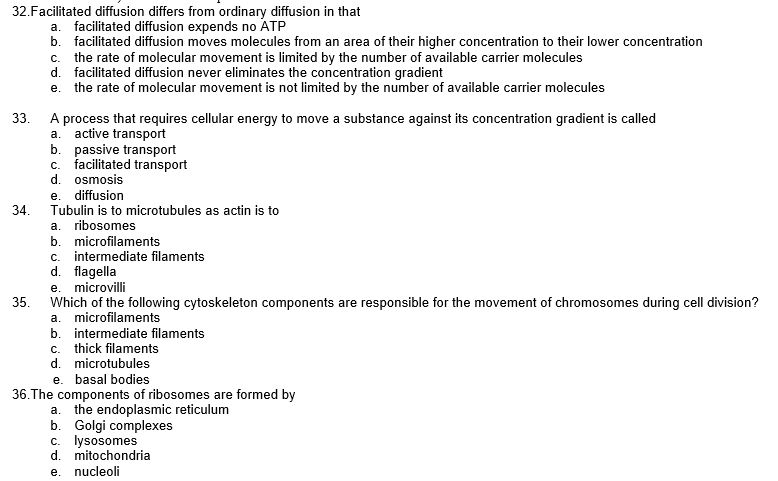
Solved 32 Facilitated Diffusion Differs From Ordinary Chegg Com
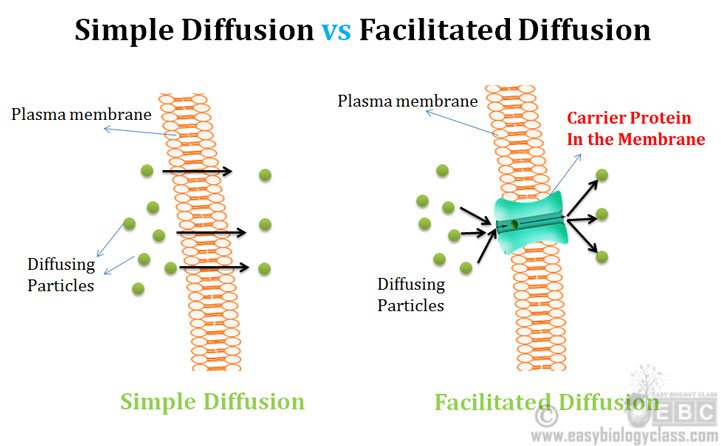
Difference Between Simple And Facilitated Diffusion Easy Biology Class
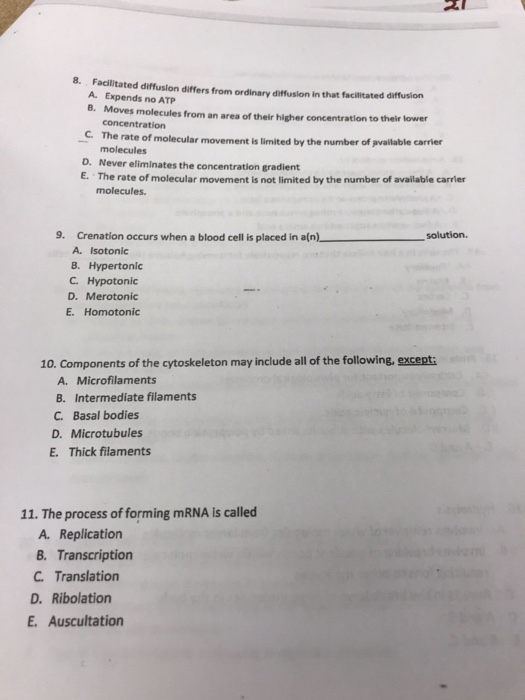
Solved 8 Facilitated Diffusion Differs From Ordinary Chegg Com
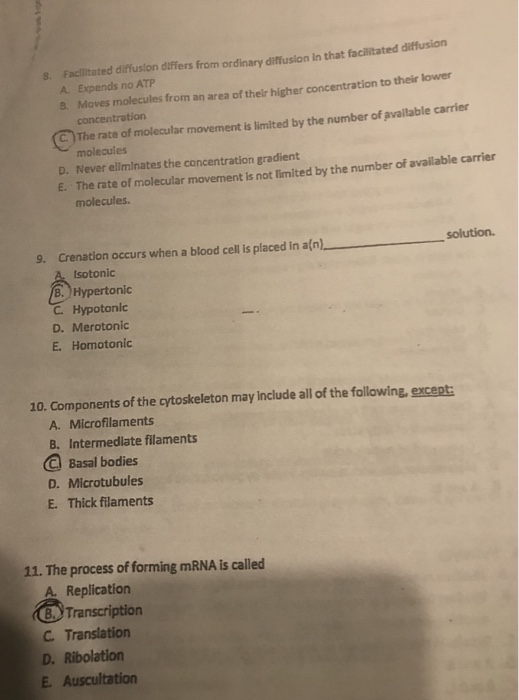
Solved 8 Faclitated Diffusion Differs From Ordinary Chegg Com

Difference Between Simple Diffusion And Facilitated Diffusion Compare The Difference Between Similar Terms
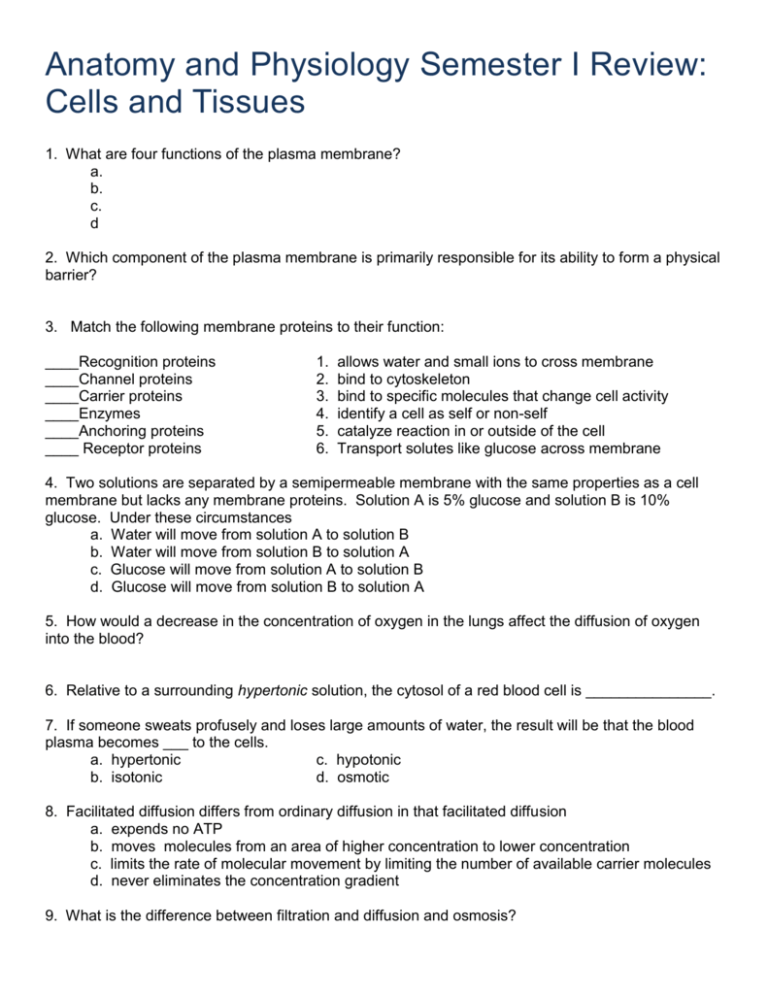
Comments
Post a Comment